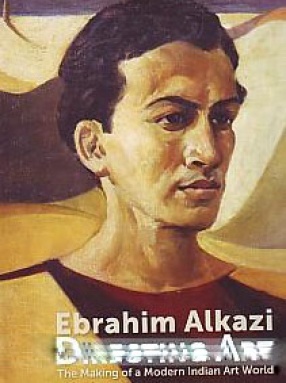
Showing all 5 books
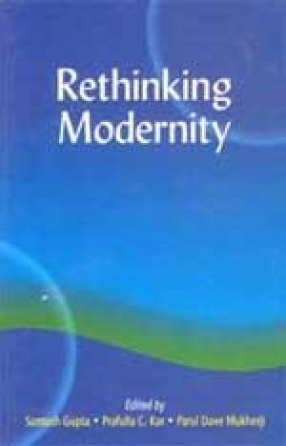
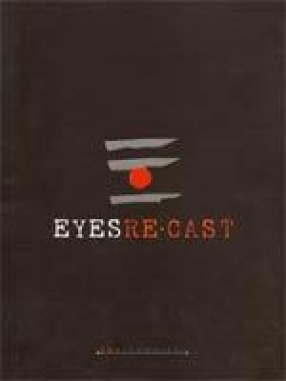

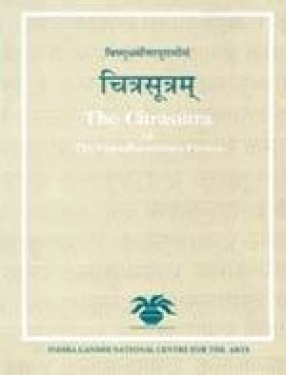
In this book, the author has worked at a critical approach in the study of the Silpasastras. Contrary to the received opinion that the past is directly accessible to us via the sacrosanct fragments of the texts, the author argues that they only make sense within a framework. In the introduction, the Citrasutra, comprising nine adhyayas or chapters of the third khanda of the Visnudharmottara Purana, is posited as a much "discovered" and interpreted text. ...
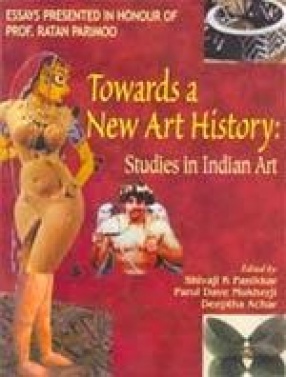
Mainstream art historical writing on Indian art has remained focused on identifying and defining stylistic schools, understanding evolutionary patterns and regional styles as well as understanding iconographic and narrative conventions and structures. The wide-ranging essays in this volume challenge the boundaries and assumptions of ainstream art history. Moving away from an art history structured by an art object-centered approach, this book gestures at a ...

This volume, dedicated to the theme of “rethinking modernity†of the Jaipur Conference (2003) of the Forum on Contemporary Theory, looks back on the Western project of modernity and its transformation through ages from multi-disciplinary perspectives. As an identity-marker of the West, the idea of modernity continues to excite and provoke literary scholars, philosophers, political theorists, social critics and art historians in strangely ambivalent ways. The ...

Most Political critiques of the dominant order rely heavily on caricatures. This was my first reaction to Savi Sawarkar's works which I saw as images projected on the walls at a conference on Art and Activism held in the department of Art History in Baroda in 2002. The question that I had asked the paper presenter, Y S Alone, was why did the artist need to confront one set of which portrays the dalit as equally typecast into as a brutalized entity. Now in ...
